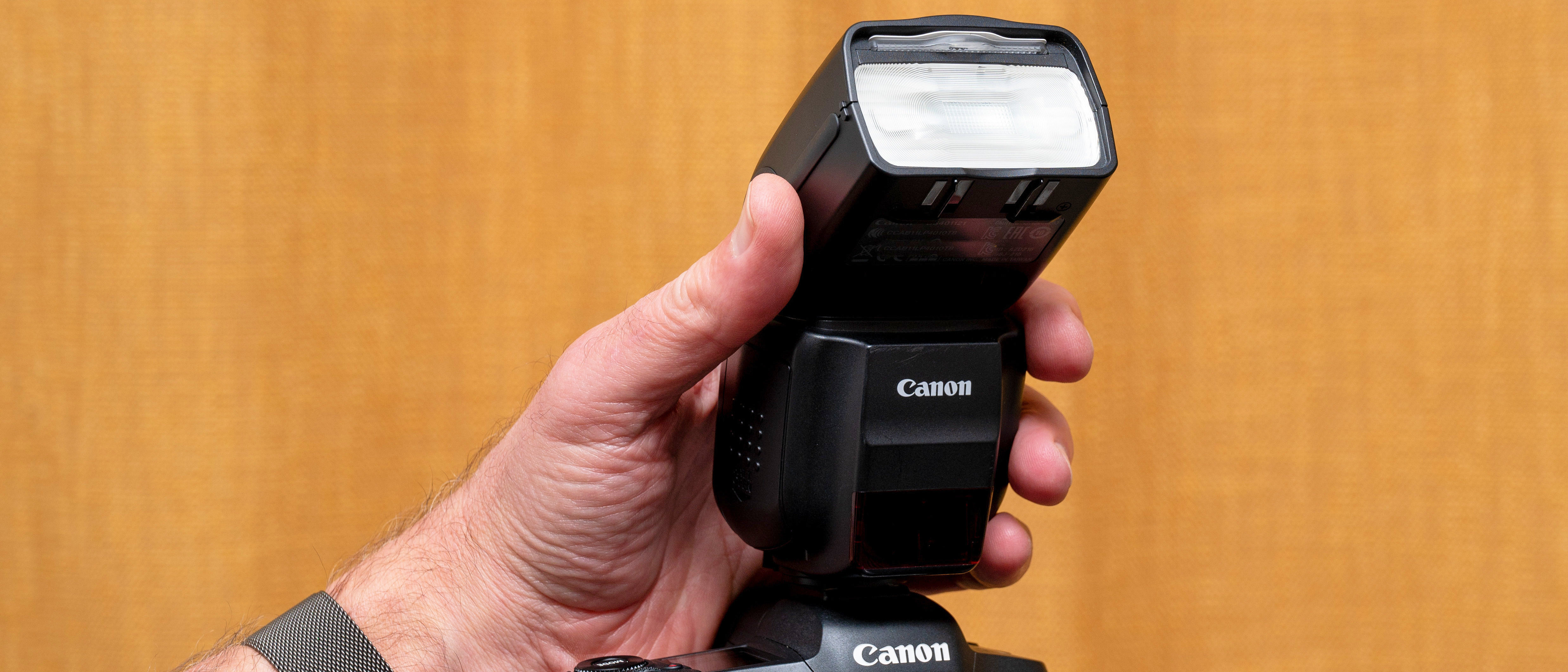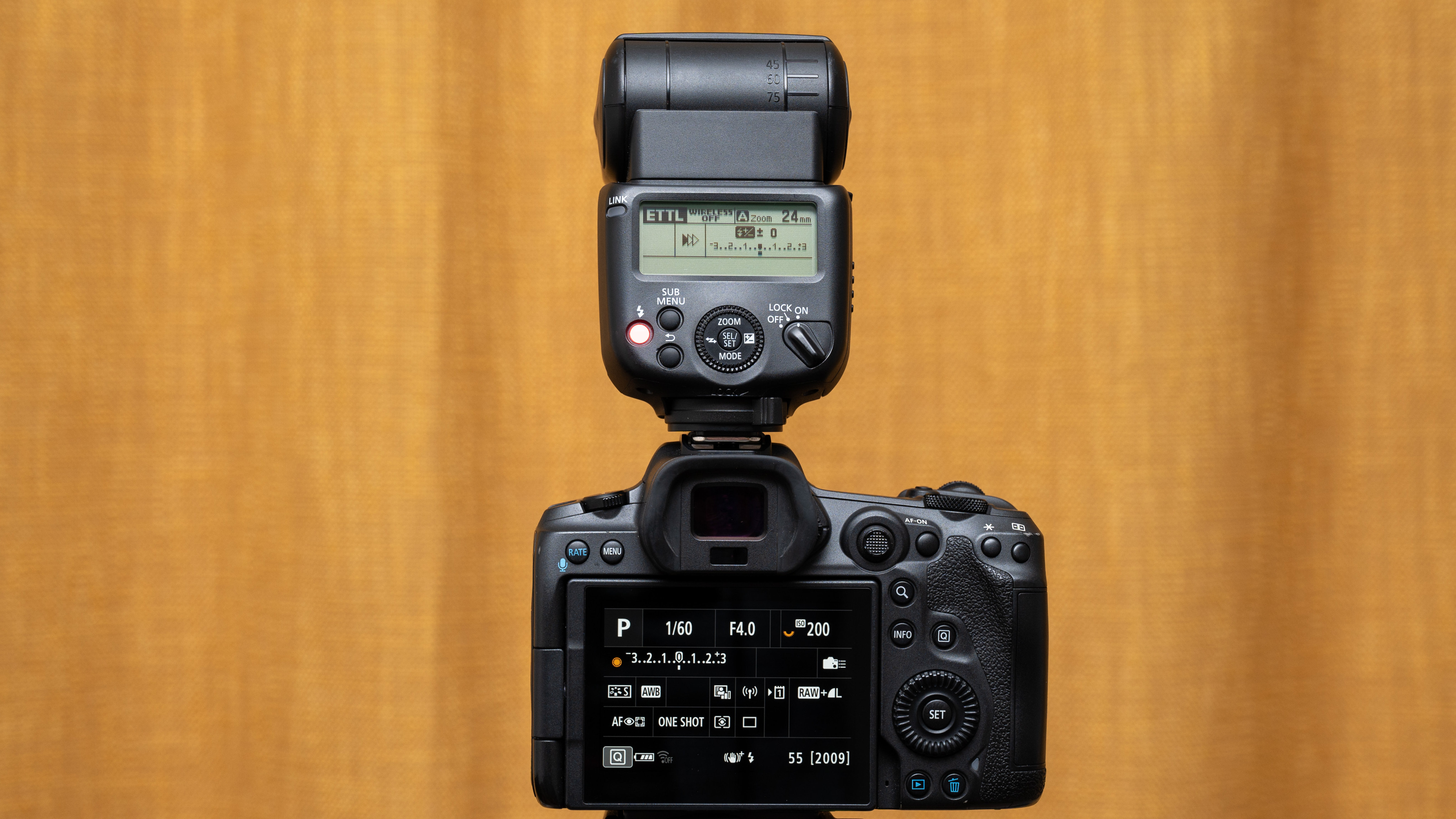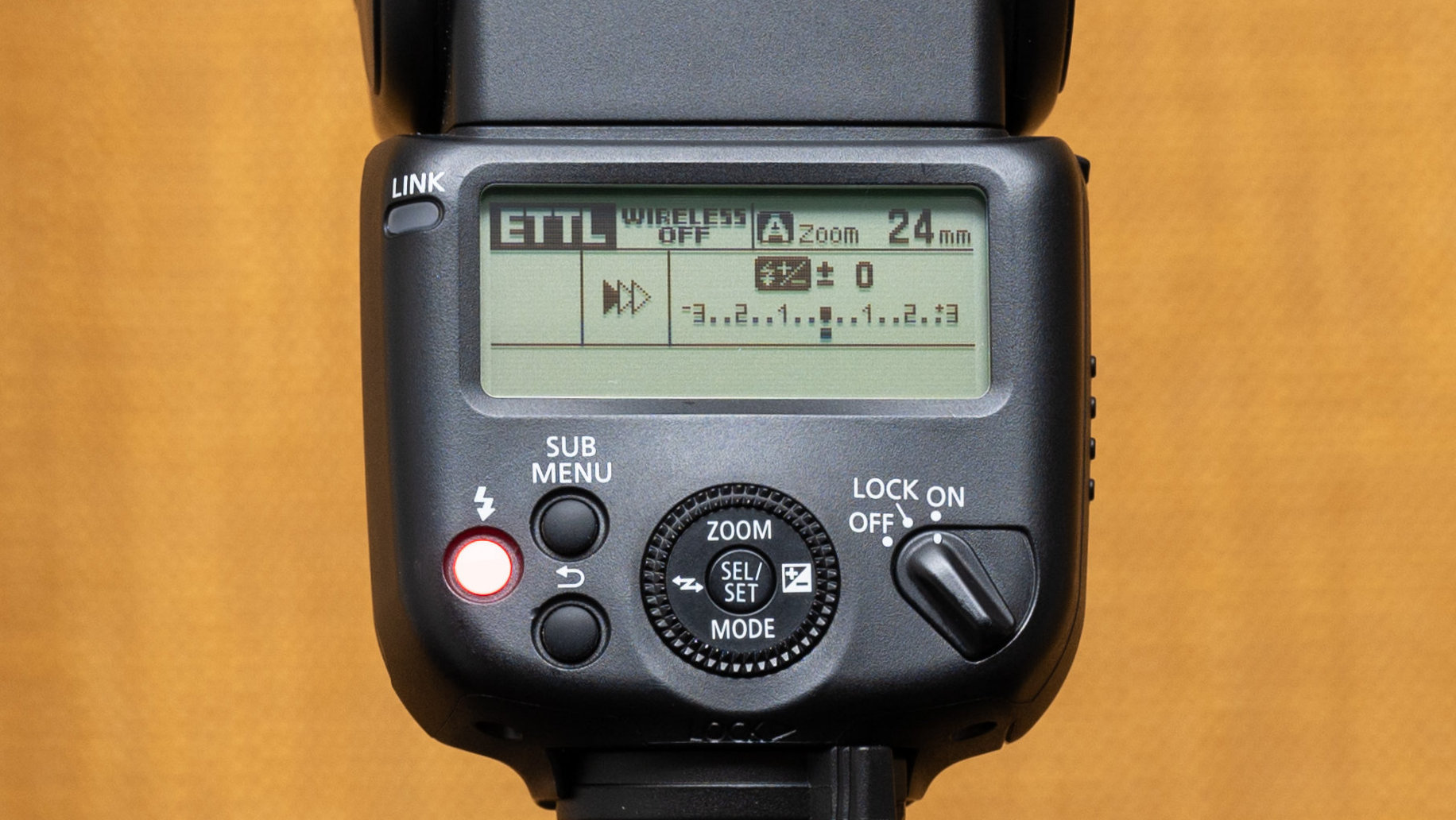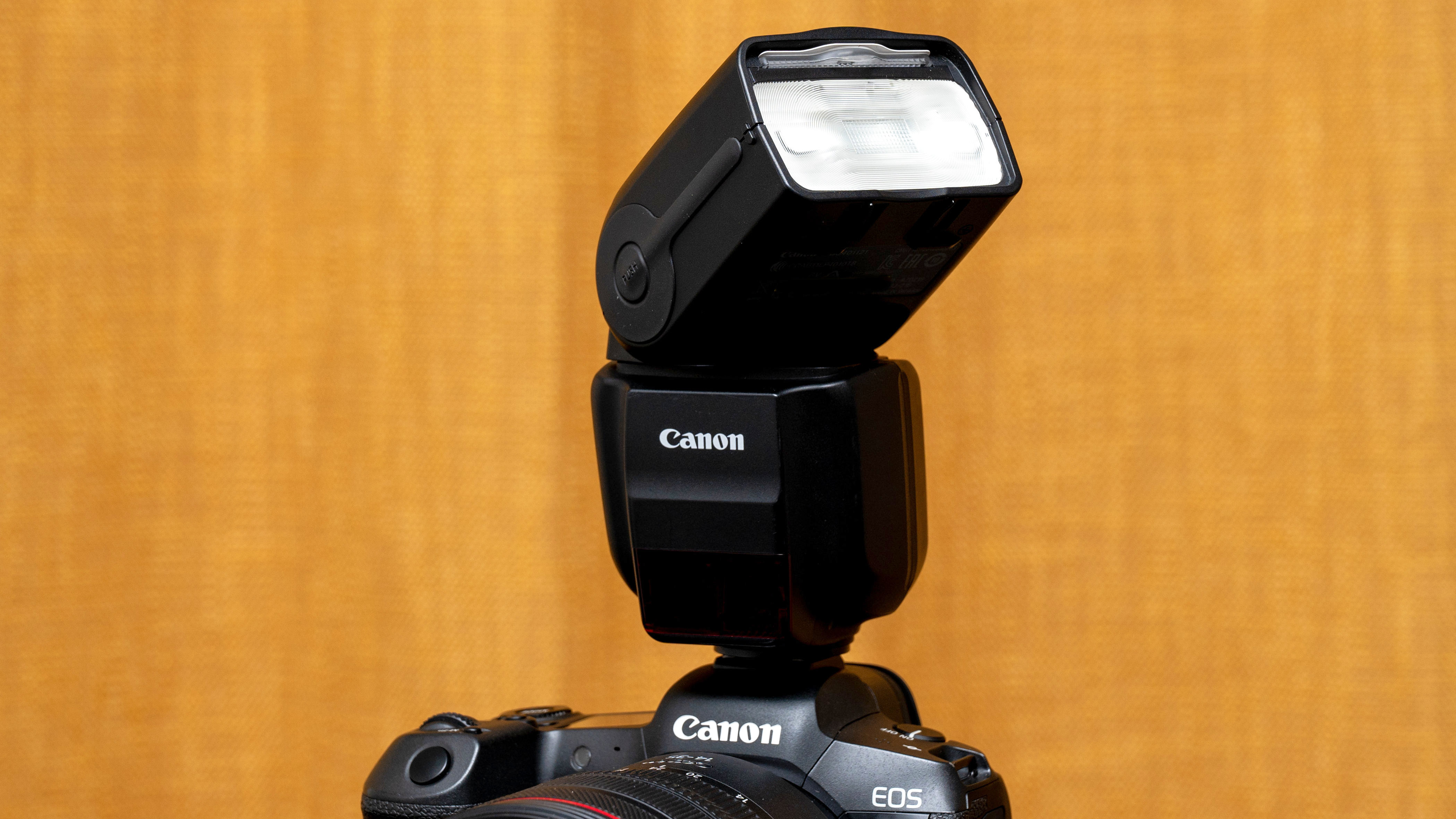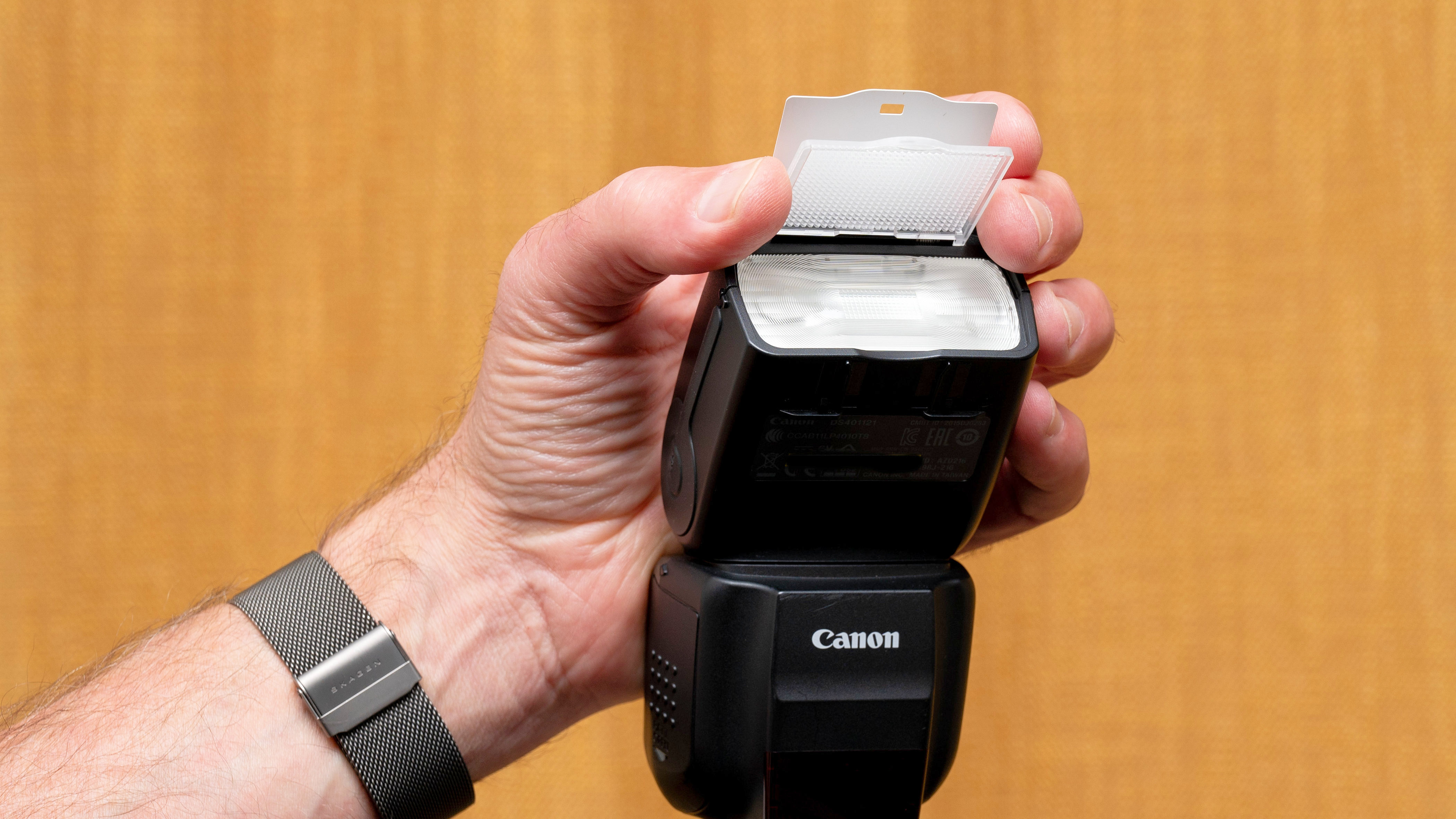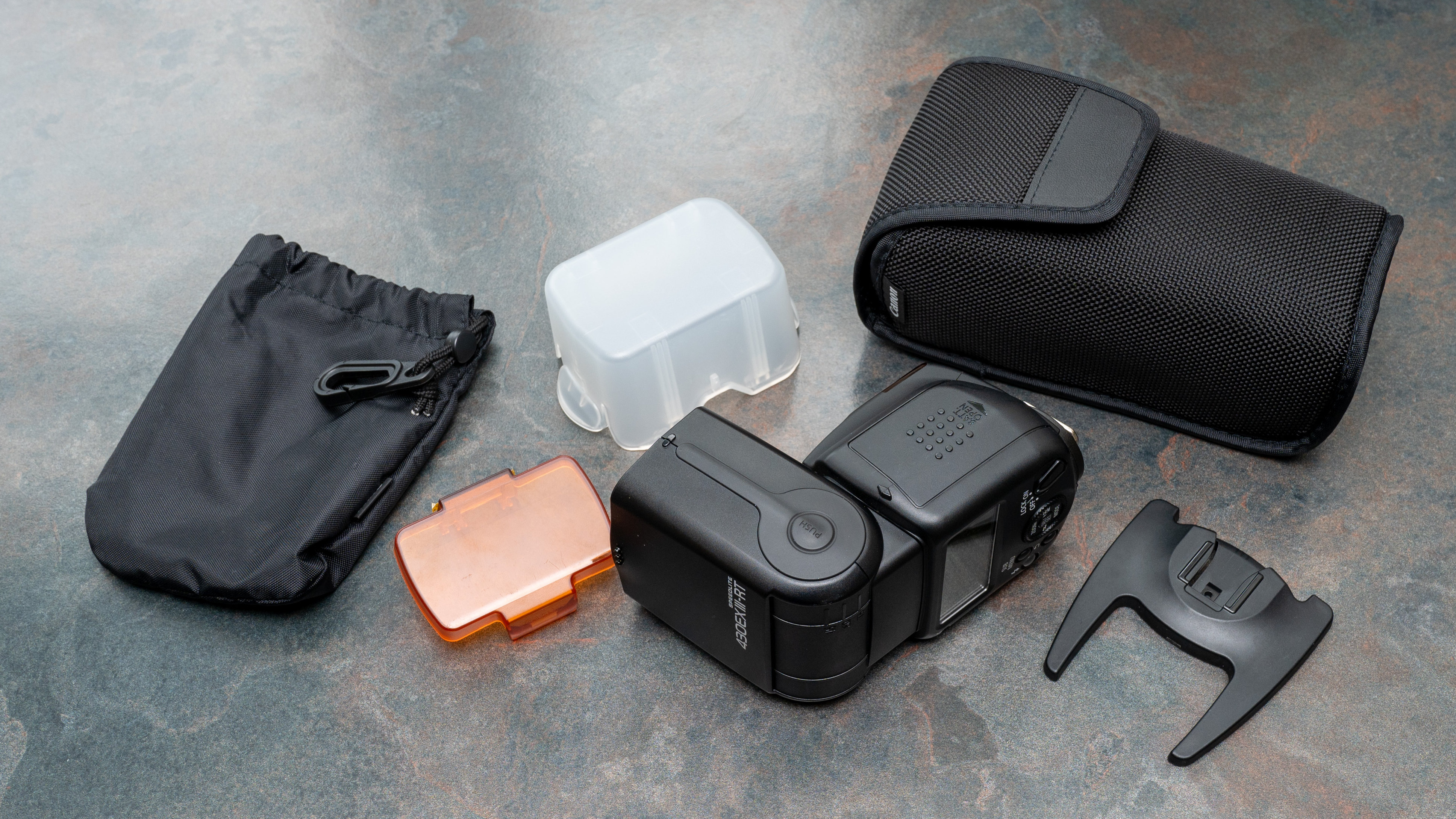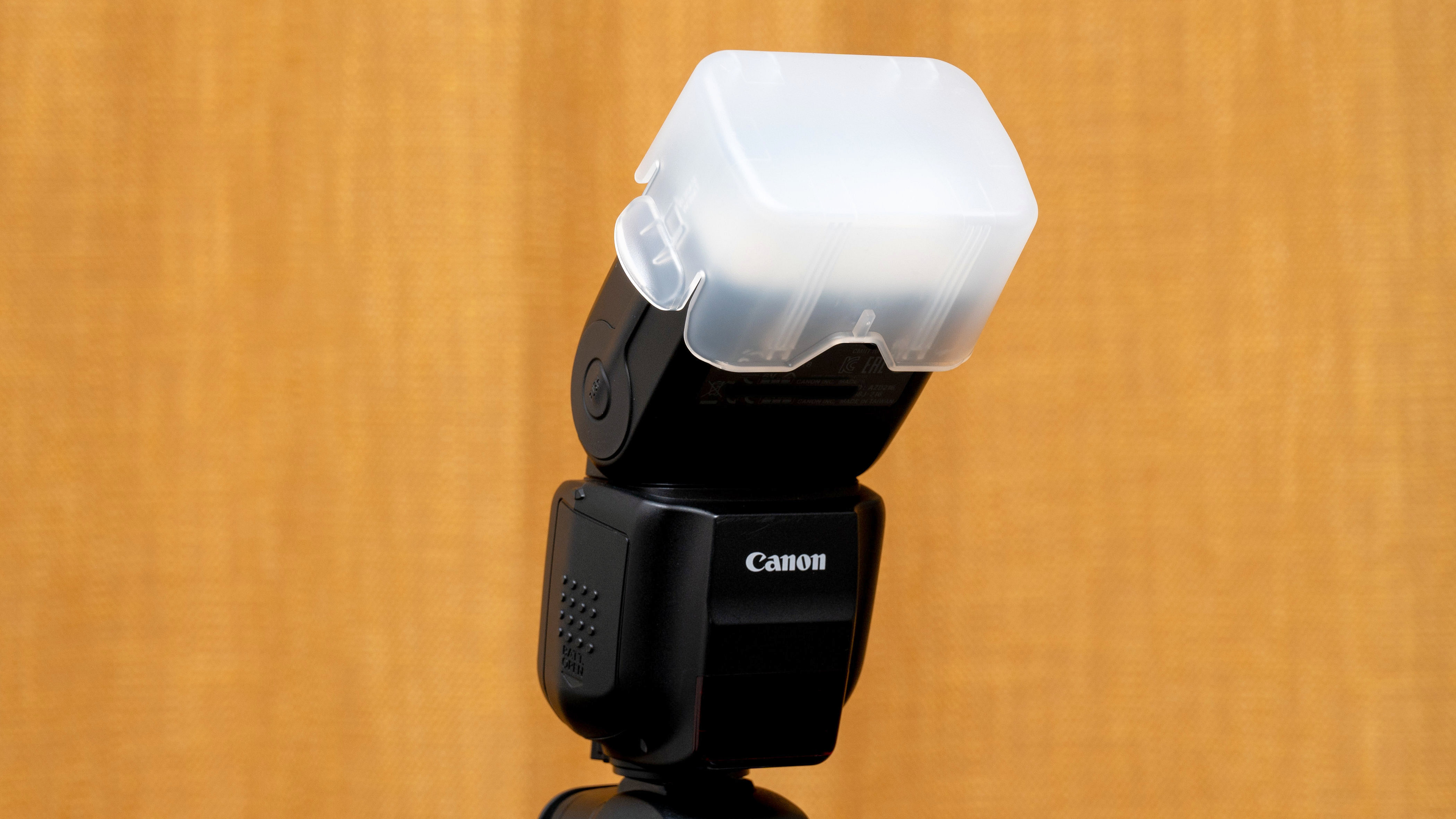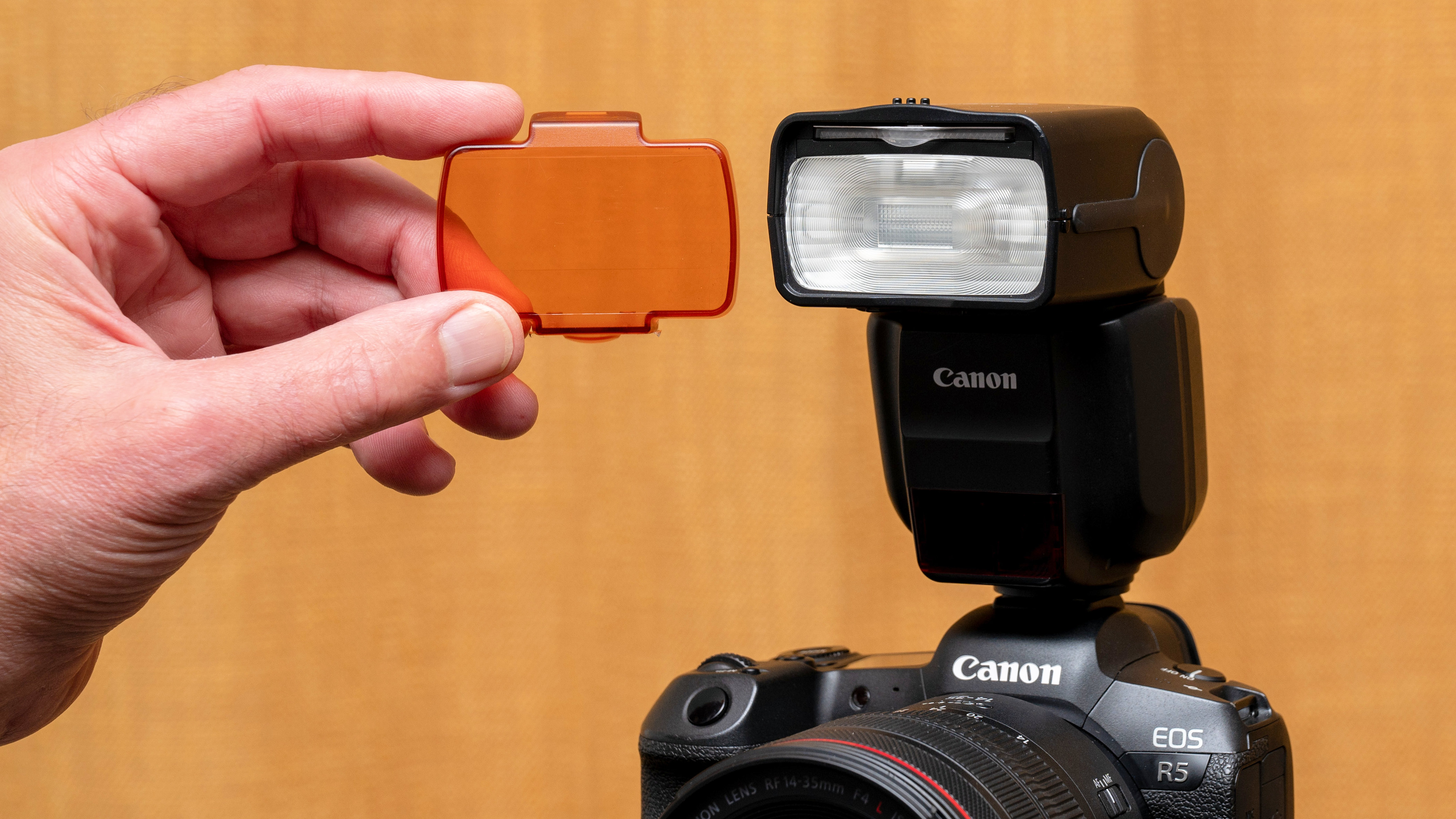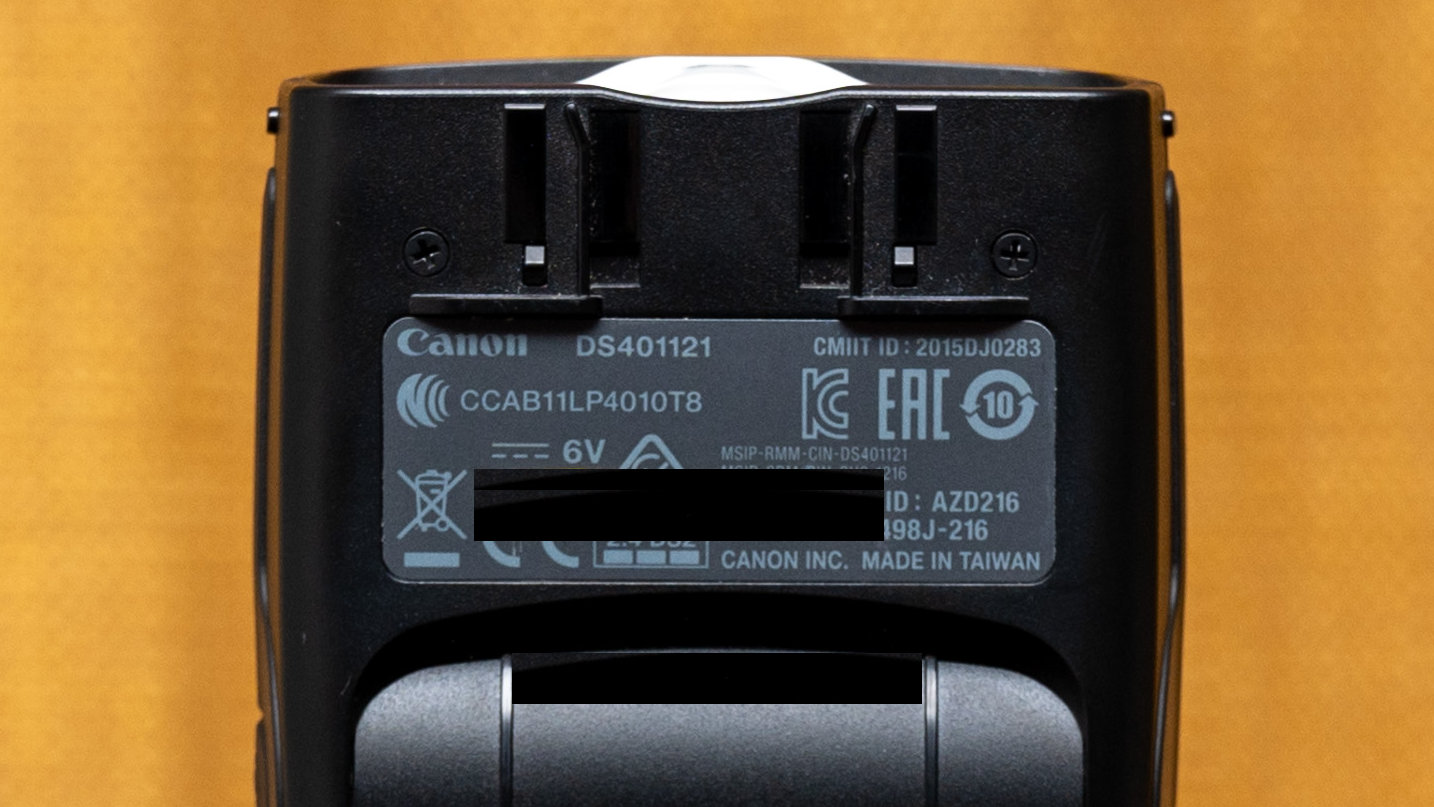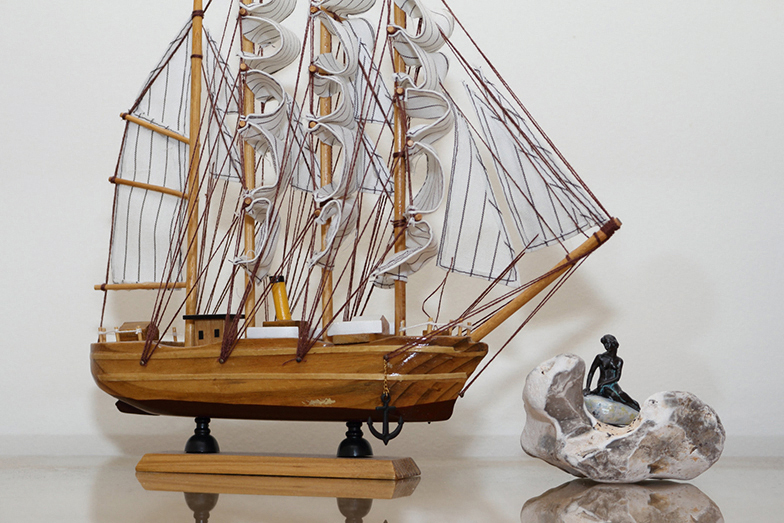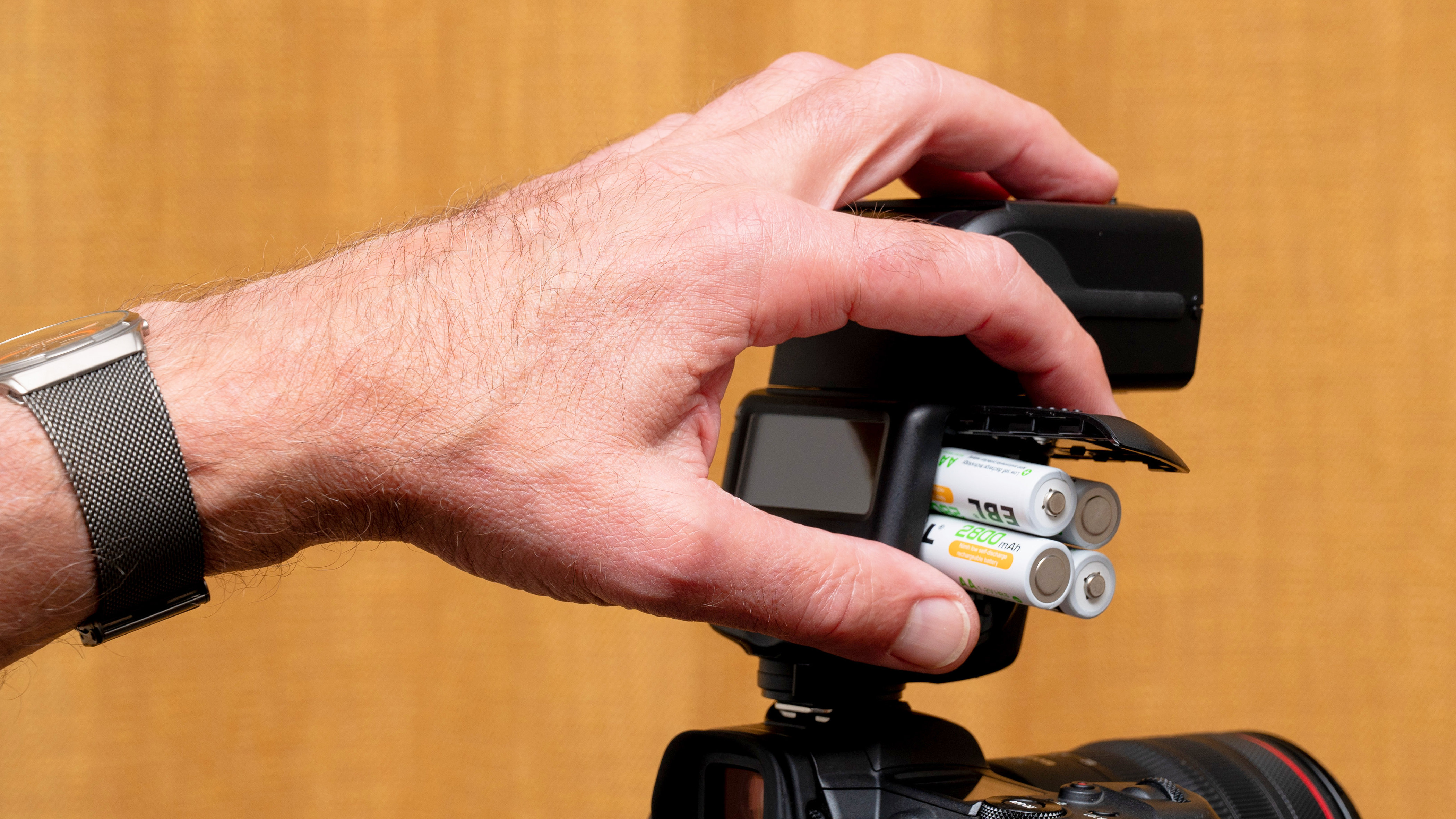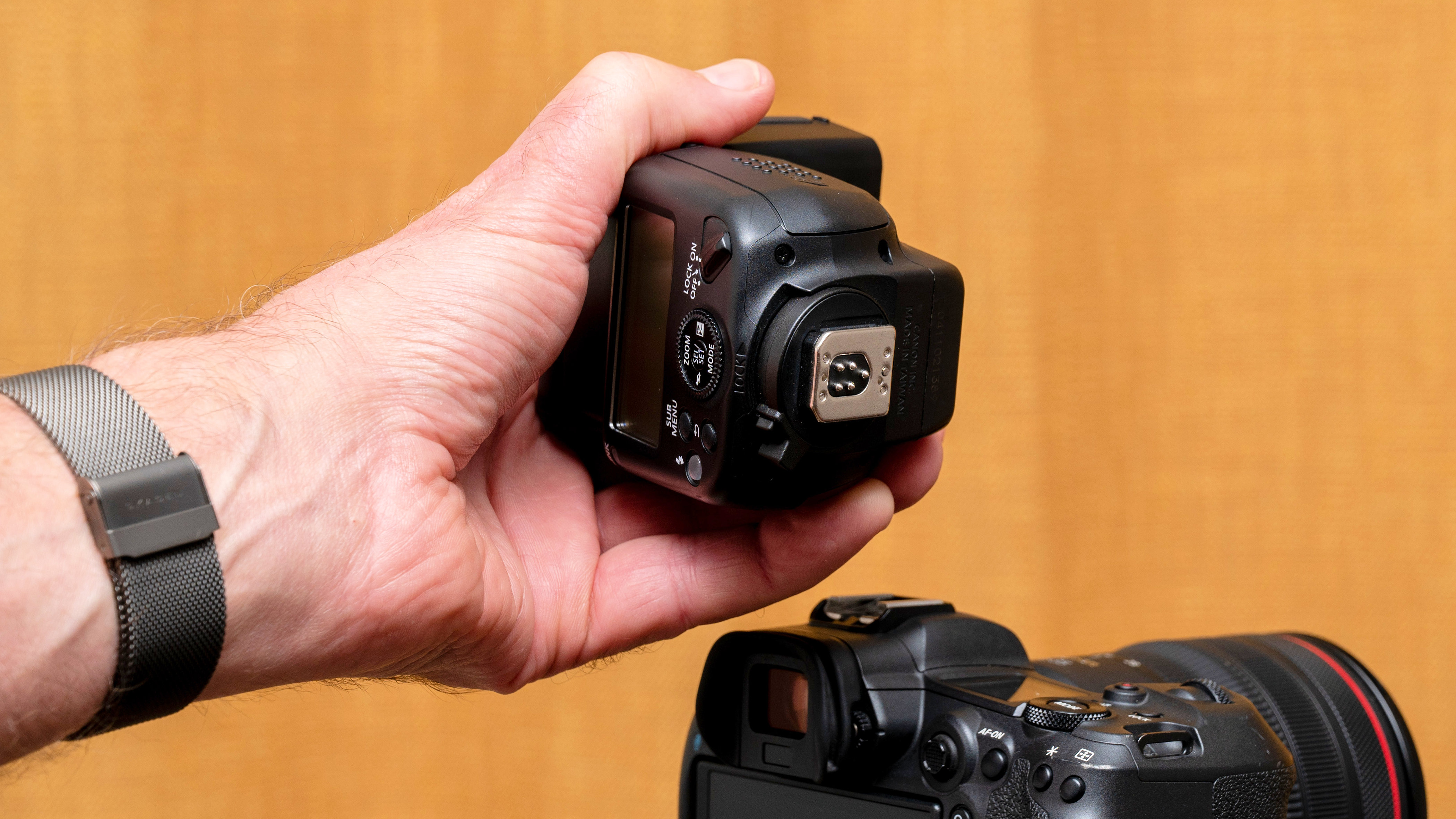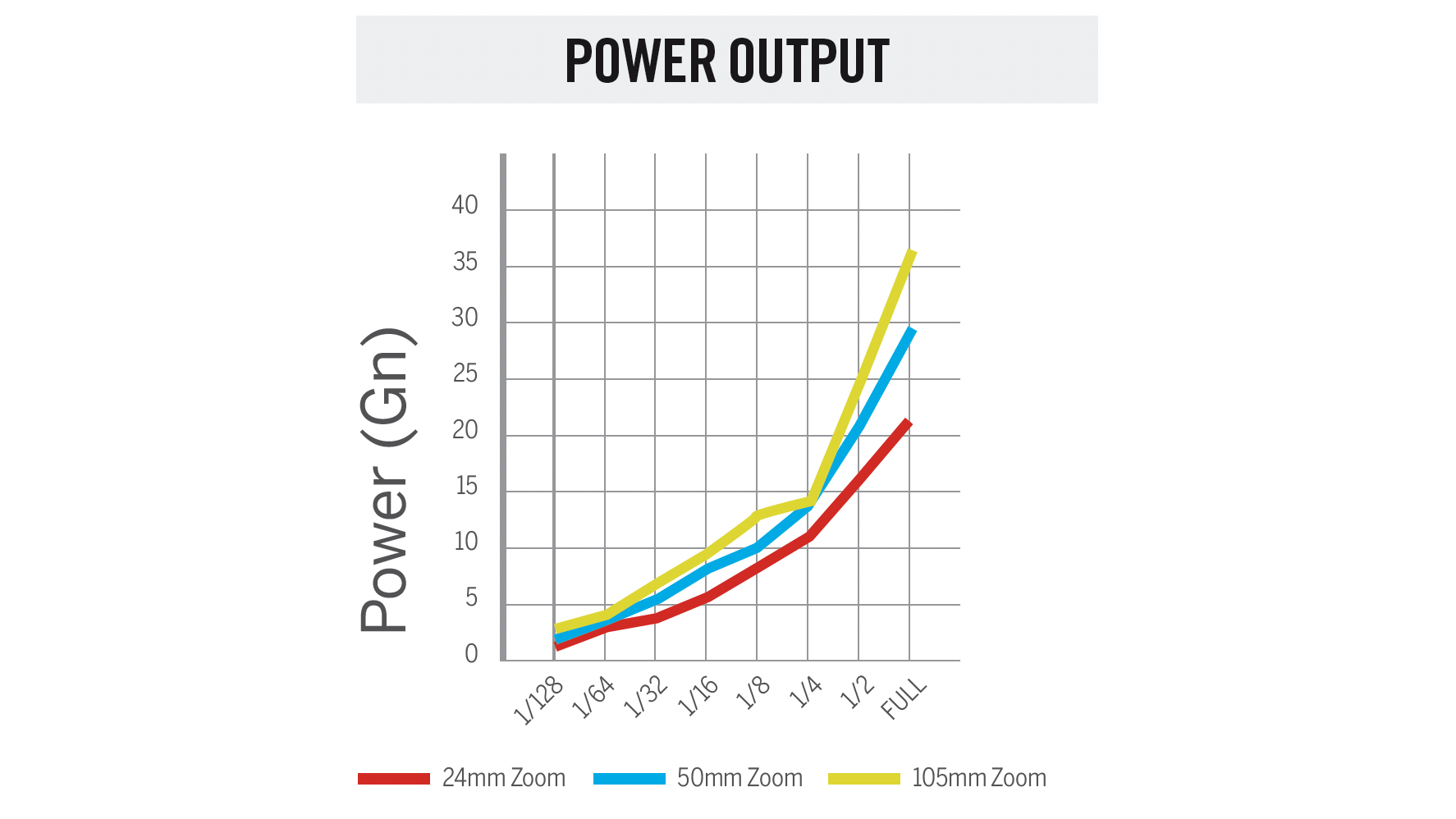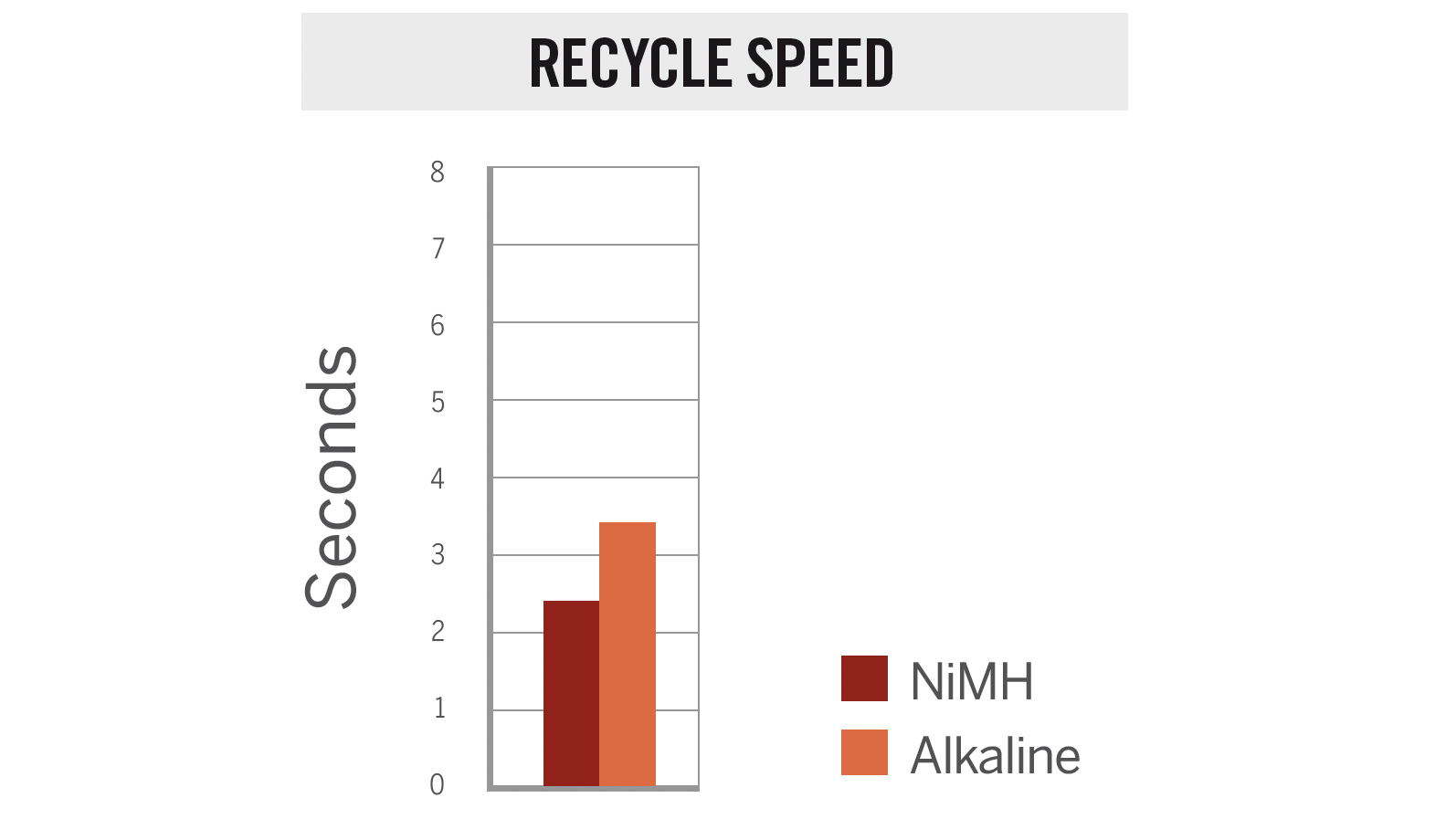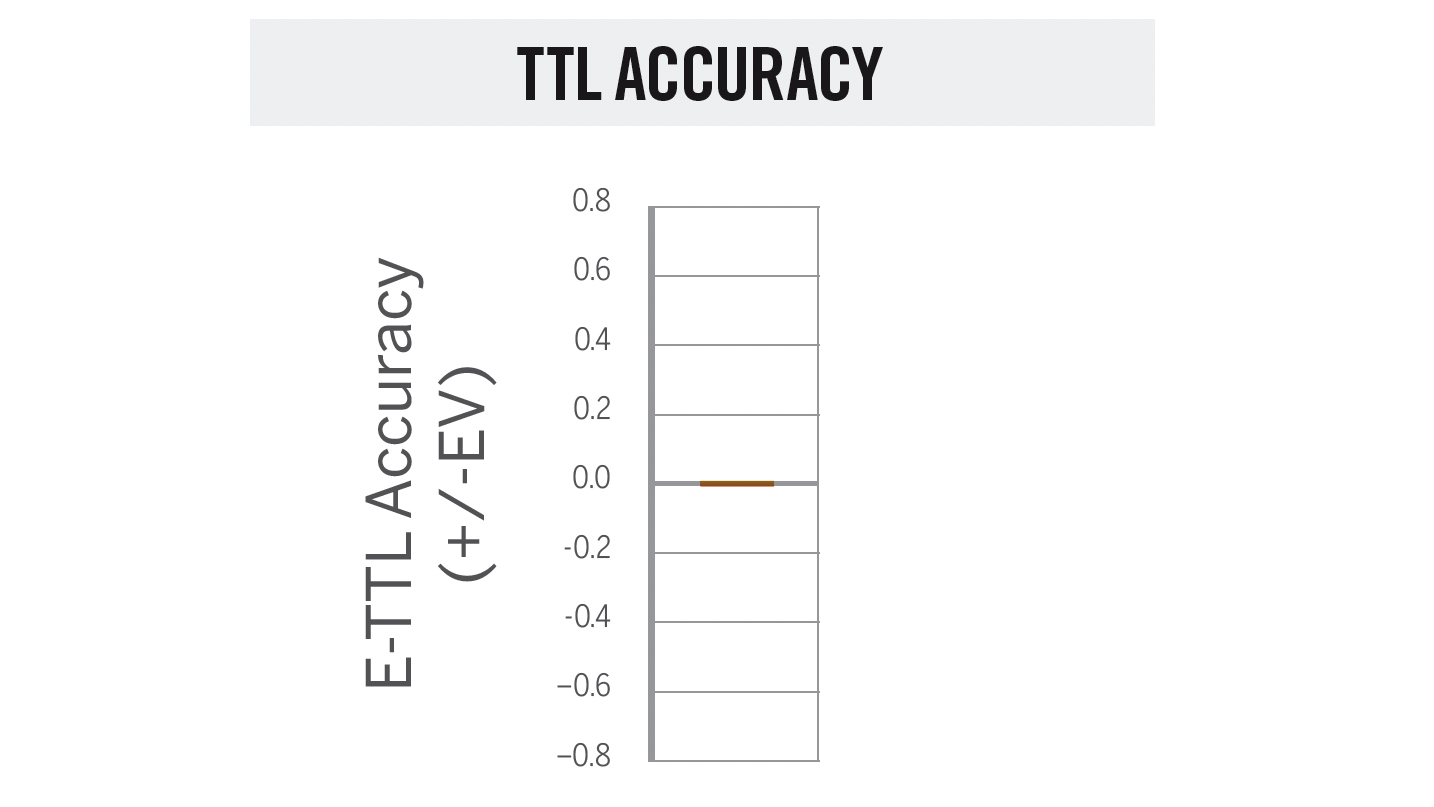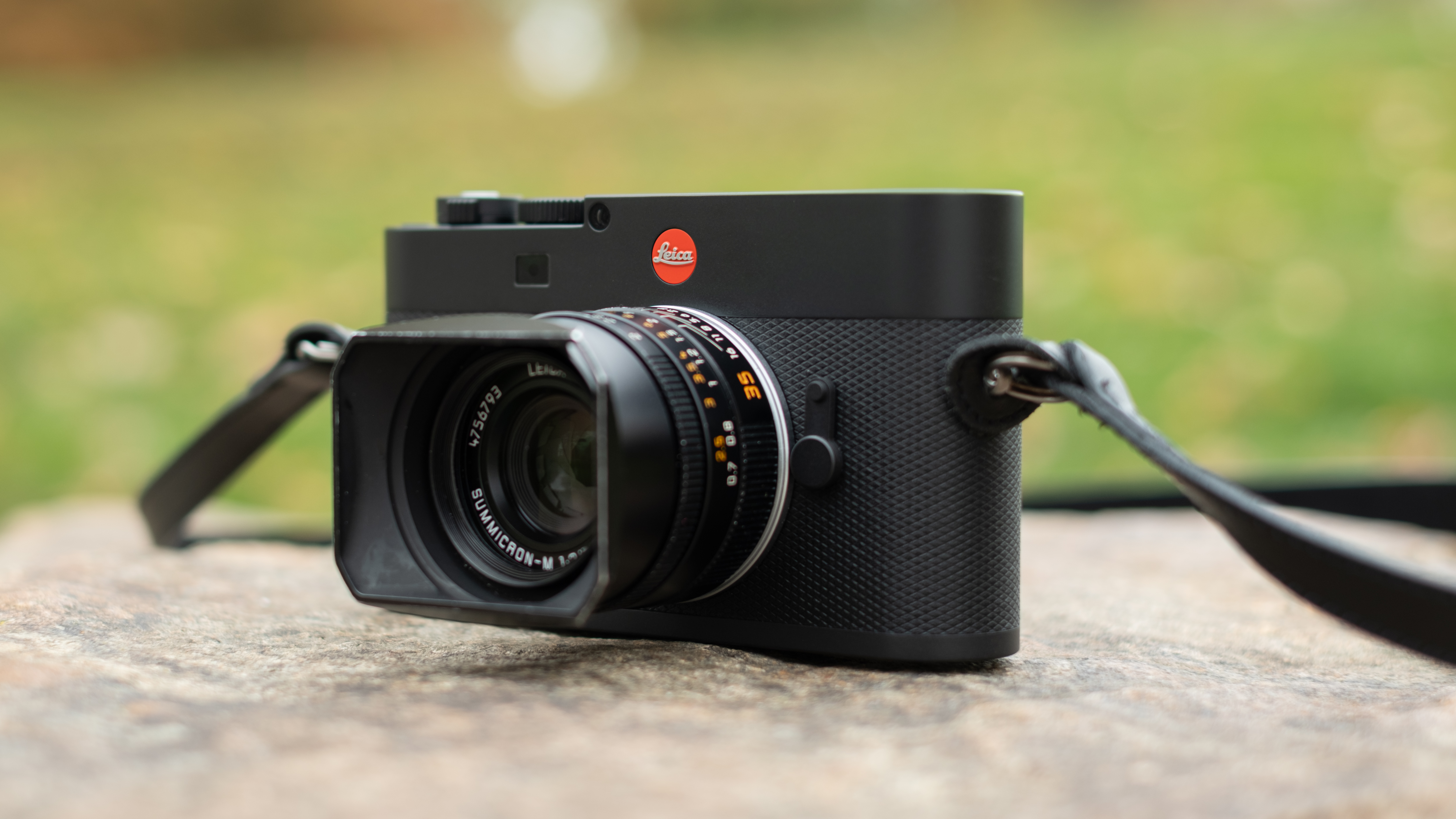Digital Camera World Verdict
The 430EX III-RT packs plenty of high-end features into a compact and lightweight package. However, the lack of an optical wireless master facility or stroboscopic multi-flash mode are disappointing.
Pros
- +
Intuitive interface with four-way pad with a rotary dial
- +
Good value
- +
Built-in radio trigger
- +
Excellent exposure
Cons
- -
Modest maximum output
- -
No AF assist beam with EOS R system
Why you can trust Digital Camera World
The third generation of the Canon's most popular flashgun takes on from the Speedlite 430EX and 430EX II. Launched in 2015, the Canon Speedlite 430EX III-RT packs the same powerful punch but adds plenty of new thrills. The most clearly visible differences are around the back.
The illuminated info LCD screen is larger and clearer, while on-board controls are simpler and more intuitive, making flash menu options easily accessible and quick to adjust. Whereas the Mk II’s swivel function only worked up to 180 degrees to the left and 90 degrees to the right, the Mk III extends 150 degrees to the left and a full 180 degrees to the right.
The head also retains a slide-out wide-angle diffuser but also adds an extending reflector panel, useful for adding catch-lights in the eyes during bounce flash portraiture. Manual power settings now descend to 1/128th instead of just 1/64th, better for close-up shooting.
Specifications
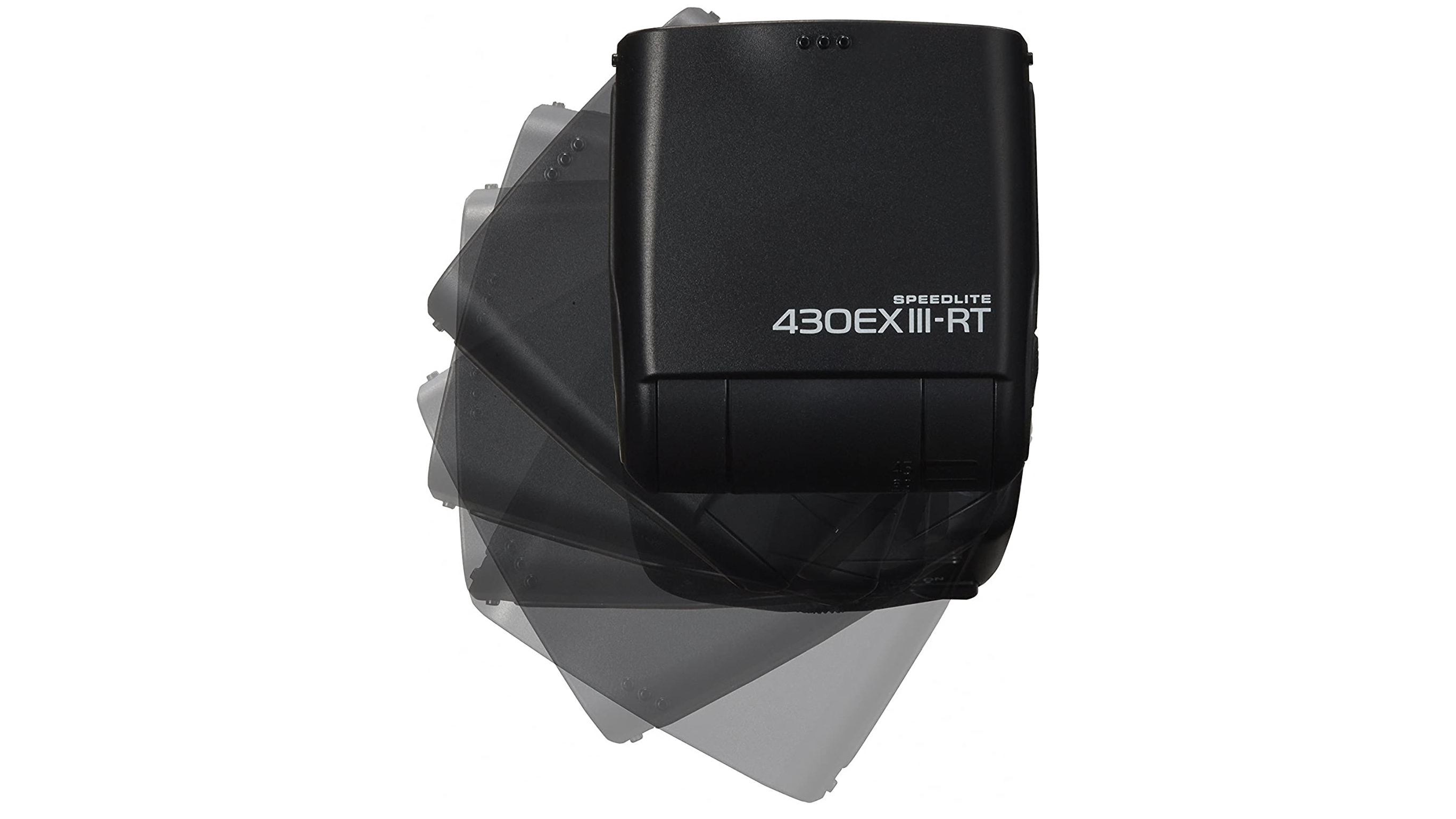
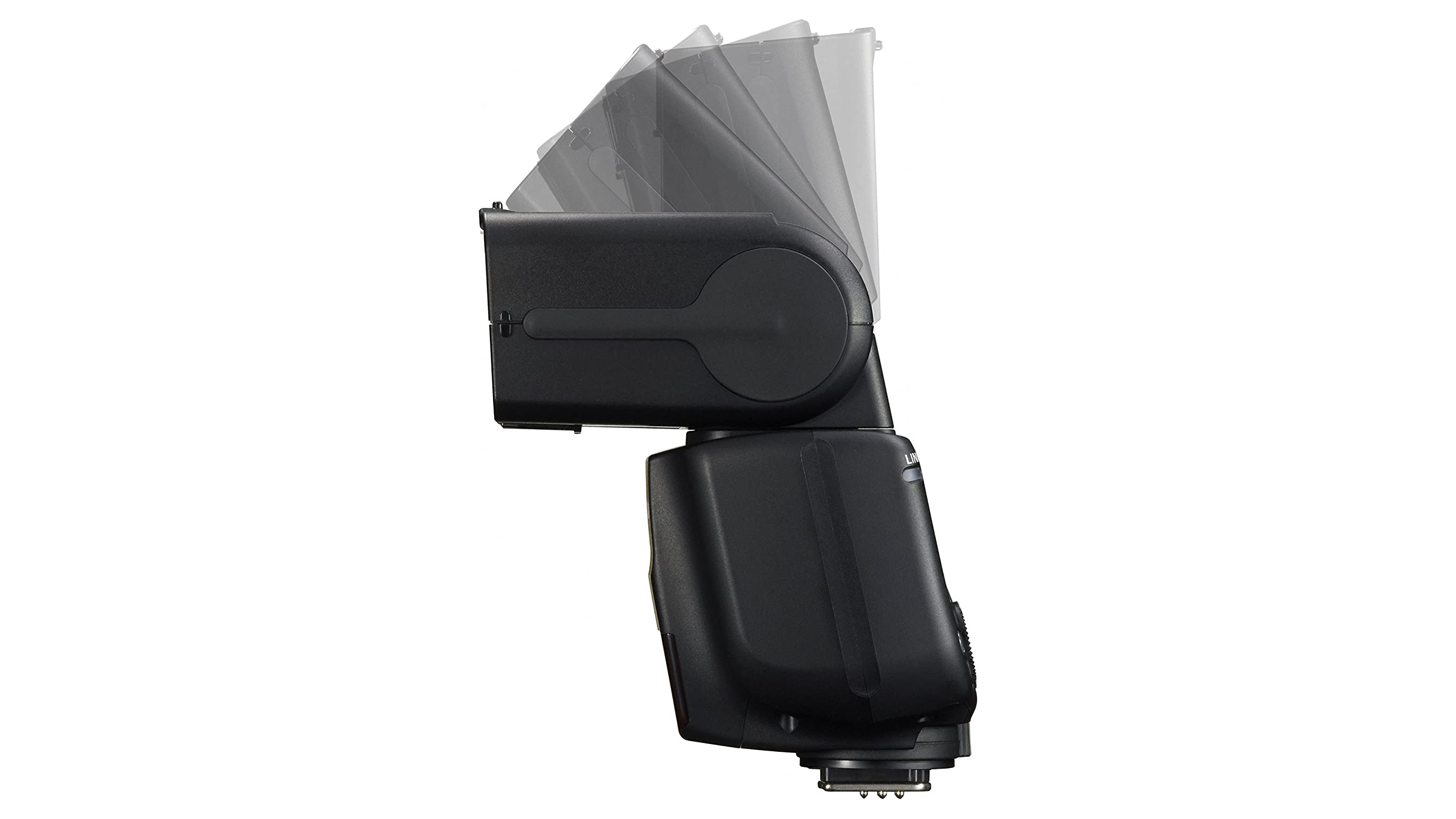
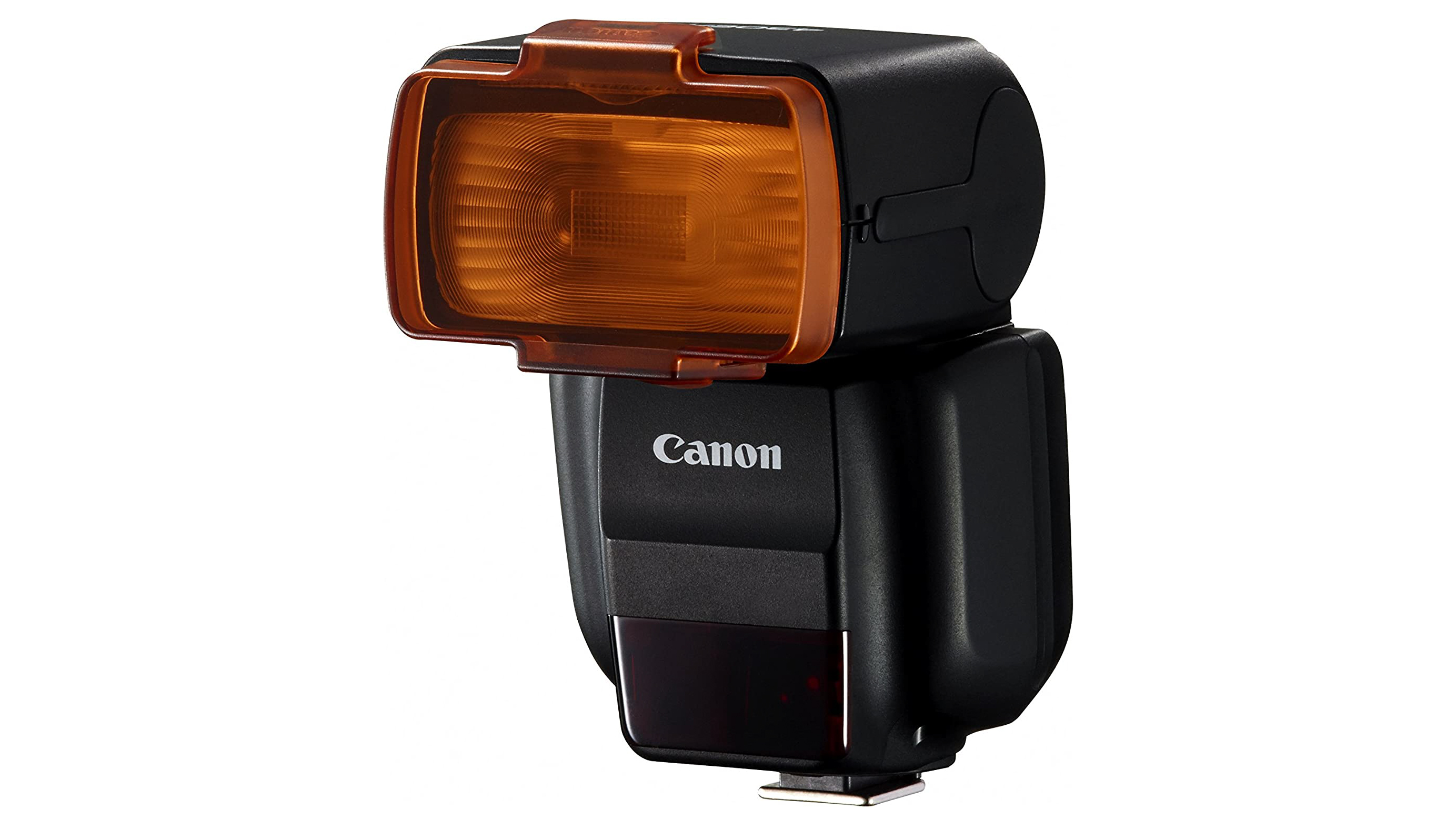
Max claimed Gn (ISO 100, metres) 43
Bounce 0 to 90°
Swivel (left/right) 150 / 180°
Zoom Range 24-105mm (auto)
The best camera deals, reviews, product advice, and unmissable photography news, direct to your inbox!
Wide-angle Diffuser 14mm
Reflector card Yes
Auto Metering E-TTL / E-TTL II
Flash Exposure Comp +/-3EV
Manual Power Settings 1/1 to 1/128
AF-assist beam Red lamp
Secondary lamp No
Wireless Master/Slave RF
Additional Flash Modes HSS, RC
TTL flash exp error 0EV
Full Power Recycle (NiMH/alkaline) 2.4/3.4 seconds
Flash Info LCD Yes
Supplied accessories Pouch, foot, dome, filter
Dimensions (WxHxD) 71x114x98mm
Weight (excl batts) 295g
Features
The Mk III has a better range of extras as well. You still get a smart carrying pouch and a mini stand for off-camera flash, but new additions include a clip-on diffusion dome and a color balance filter for matching the flash with tungsten/incandescent lighting. Similar to an independently made Sto-Fen Omni-Bounce, the diffusion dome is great for softening the quality of light (see example shots). Better still, when you clip the official Canon dome to the 430EX III-RT, the flashgun automatically registers its presence and makes the appropriate adjustments, for example zooming the head to its most wide-angle setting.
A top feature of the new Mk III is that it inherits RF (Radio Frequency) wireless connectivity from Canon’s range-topping Speedlite 600EX-RT flashgun. Compared with optical wireless mode, this boosts the range of off-camera flash from 10m to as much as 30m, and adds the ability to communicate through obstacles and even around corners, as no ‘line of sight’ is required. It’s a much more sophisticated system for lighting setups based on multiple flashguns with RF capability.
To maximize wireless compatibility with cameras and other flashguns, optical slave functions are also available. These enable you to fire the flashgun remotely (off-camera) using the pop-up flash of recent Canon DSLRs as a wireless master, or to trigger the 430EX III-RT from another flashgun that has an optical wireless master mode.
Thankfully the Mk III has an an optical master mode (unlike the Mk II). So, if you already own a 430EX II and you buy an additional 430EX III-RT, you can combine them in a wireless master and slave configuration.
Performance
In our tests, swift recycling speeds proved very marginally faster than those of the Mk II. The maximum output is essentially the same, although we found the full-power flash at the 105mm zoom setting to be very slightly more intense. Flash exposure accuracy in E-TTL II mode remains spot-on in wide-ranging conditions.
Lab tests
Power output: The Canon 430EX III-RT is a powerful performer (based on one metre distance at ISO100)
Recycle speed is fast (as usual, it’s faster using NiMH, rather than alkaline, cells)
TTL exposure accuracy: E-TTL II flash metering is usually spot-on, at a range of distances and zoom settings
How we test flashguns
At DCW, our in-house team of experts are well-versed in testing cameras, lenses and accessories. We review equipment such as flashguns using a combination of real-world and lab testing, rating the power output of the flash, its versatility, its key features and its ease of use. We use our findings from reviews to inform our comments in buying guides. For more, see our guide to how we test and review at Digital Camera World.
Read more:
• Best Canon flashguns
• The best flashgun: the best strobe units for Canon cameras, Nikon and more
• The best flash diffusers, softboxes and modifiers
• The best flash triggers
• The best portrait lenses for Canon users
• The best monopods you can buy right now
• The 50 best camera accessories
• The 6 best LED light panels
• The best lenses for street photography
Matthew Richards is a photographer and journalist who has spent years using and reviewing all manner of photo gear. He is Digital Camera World's principal lens reviewer – and has tested more primes and zooms than most people have had hot dinners!
His expertise with equipment doesn’t end there, though. He is also an encyclopedia when it comes to all manner of cameras, camera holsters and bags, flashguns, tripods and heads, printers, papers and inks, and just about anything imaging-related.
In an earlier life he was a broadcast engineer at the BBC, as well as a former editor of PC Guide.
